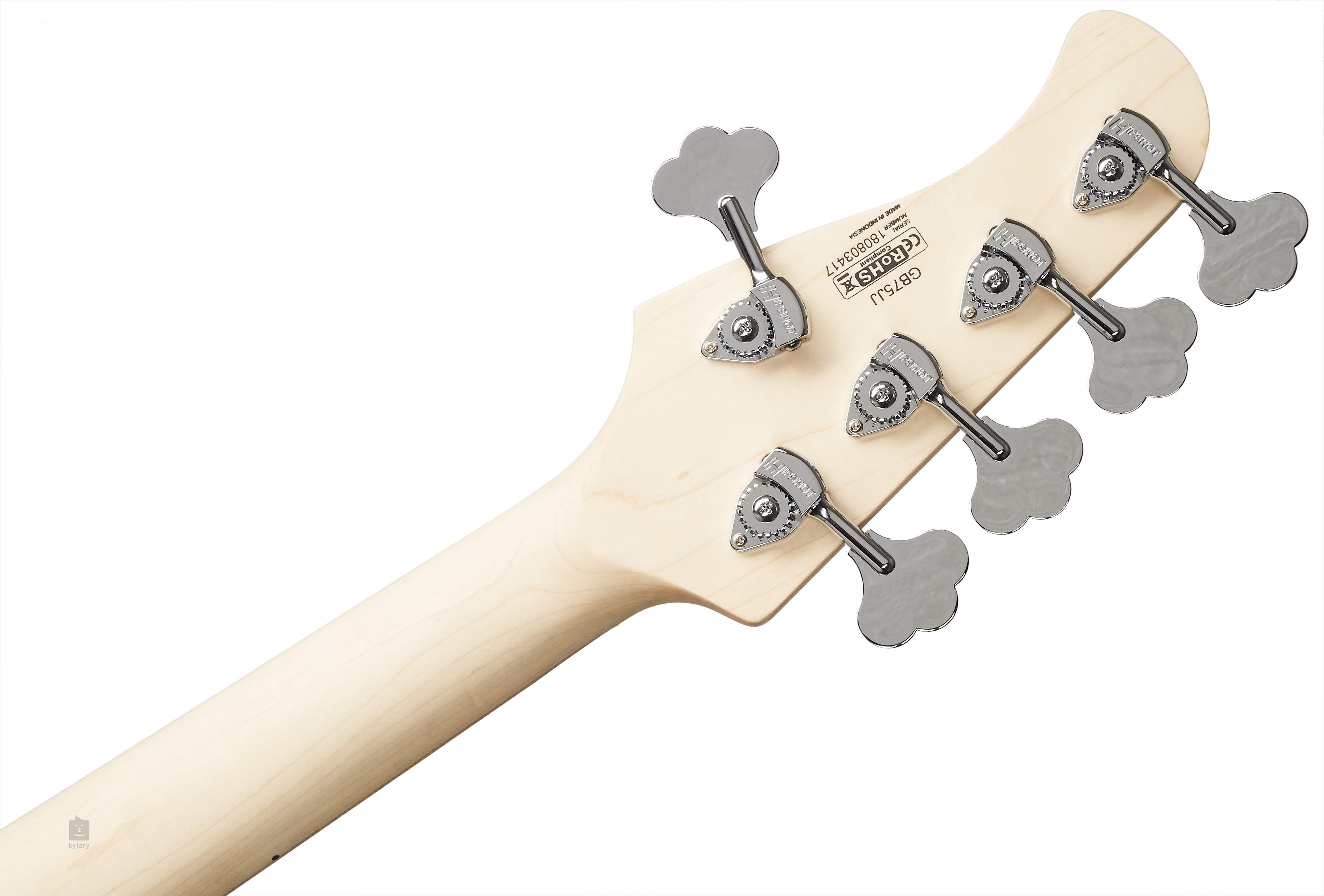Cort Bass Serial Numbers
Serial numbers in this format are almost universally stamped or printed on the back of the headstock. Confusion around 1987 FujiGen serial numbers. Models produced through 1988 (and perhaps into 1989) have serial numbers starting with 'F7' which would normally indicate production in 1987. Jul 7, 2013 - The headstock says 'Cort electric guitar' and there's two stickers on the back with a serial number, WO20785, and 'Fabrique en Coree'. On the Cort the bass is snappier, but also is thinner, and getting a smooth bluesy lead.
IC: I = Indonesia, C = Cor-Tek (Cort), the serial number prefix is followed by a 2 number year. IS: I = Indonesia, S = Samick, the serial number prefix is followed by a 2 number year. For example 'IC02' Made in 2002. In 2009-10 some Indonesian Squier's had the prefix ICS09XXXXX and ICS10XXXXX. There are a number of standard models that have the ICS prefix some are FSR but some are just normal run models.
It therefore appears as though the the S in ICS is only an indication as to whether it is a Factory Special Run or FSR guitar (manufactured by Cor-Tek in Indonesia). It also appears likely that any FSR guitar beginning with ICS will be a Squier 'Standard' as opposed to any of the other models i.e.

CV, Deluxe etc. In your case though it is a Vintage Modified model. I'd say it is a Cort made one.
I've also seen some serials starting 'I' that were made in India. But ICS is usually Indonesia.
The '10' means 2010 model year. Hope that helps. IC: I = Indonesia, C = Cor-Tek (Cort), the serial number prefix is followed by a 2 number year. IS: I = Indonesia, S = Samick, the serial number prefix is followed by a 2 number year. For example 'IC02' Made in 2002. In 2009-10 some Indonesian Squier's had the prefix ICS09XXXXX and ICS10XXXXX. There are a number of standard models that have the ICS prefix some are FSR but some are just normal run models.
It therefore appears as though the the S in ICS is only an indication as to whether it is a Factory Special Run or FSR guitar (manufactured by Cor-Tek in Indonesia). It also appears likely that any FSR guitar beginning with ICS will be a Squier 'Standard' as opposed to any of the other models i.e. CV, Deluxe etc. In your case though it is a Vintage Modified model. I'd say it is a Cort made one.
I've also seen some serials starting 'I' that were made in India. But ICS is usually Indonesia. The '10' means 2010 model year. Hope that helps. Follow-up question: I understand it's supposed to be ICxx + 6 digits, but what does it mean if it's ICxx + 7 digits? It looks like it could be IC + YYMMDD + xxx (or possibly IC + YYDDMM + xxx)? I honestly don't know about the extra digit other than to set apart instruments for FMIC distribution from those going to international distributors. Teechart pro vcl keygen serial.
The reason they need to do this is because FMIC and the international Fender/Squier distributors have different warranties and totally separate support systems including service centers. FMIC ships the instrument to the international distributor and they are done with it. Whenever there is a serial irregularity on a FMIC instrument quite often that is the reason why. This is a practice that actually goes back to Fender's early days. The oddball serial locks the international instruments out of FMIC North American support.
All the online serial guides, dater software sites etc base all their data exclusively on the FMIC distributed serials. Therefore it is entirely possible to have a genuine Fender '76 Jazz Bass with a serial that doesn't fit any published format on any website and in cases like that it is because it was shipped from the factory to an international distributor. They are genuine, but the serial won't 'compute' or match exactly with any online data.
Is there a consensus on the Squier made-in-Indonesia P-basses? As compared to the Squier Affinity made-in-China basses? I wouldn't say a consensus but more of a general understanding that the Affinity is an entry line with woods, hardware, electronics etc that is not quite as good as the more expensive models. The Standards will be better and any Deluxe or Artist Series instrument can be better still. That being said it is entirely possible to get an Affinity that is a totally usable instrument. You may have to demo 10 to find one you really like, but even an Affinity is better than no P-Bass at all. The fact is a higher end Chinese bass can whoop up pretty good on anything Indonesia comes out with.
The Chinese actually can make basses superior to Indonesia. So, it isn't so much where it is made as the components used to make it and the skill of the factory workers. When you buy an Affinity you are pretty much assured it has student caliber electronics and hardware like softer metal in the frets and the cheapest woods they could get in mass quantity, but still some are better than others so be patient and pick carefully in the Affinity line and you can get a very usable bass.